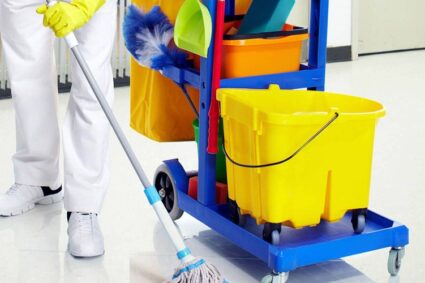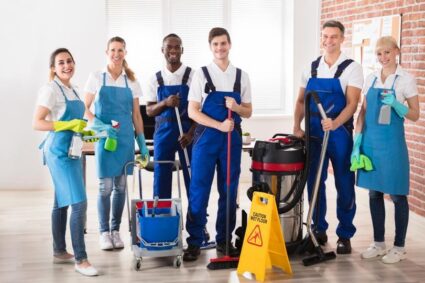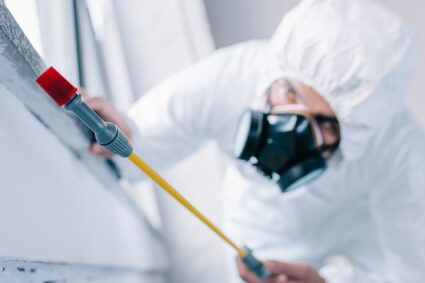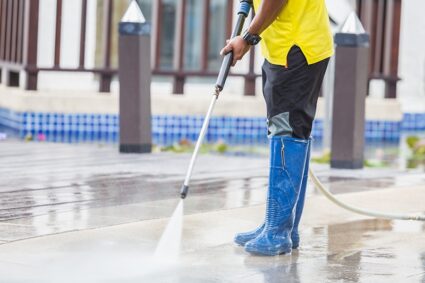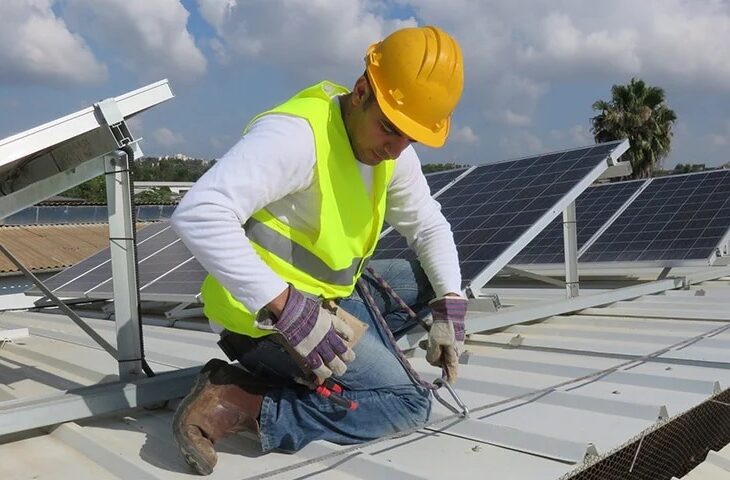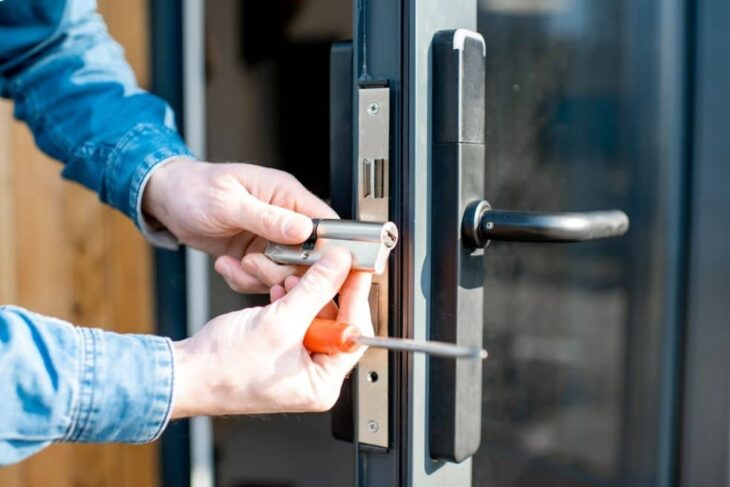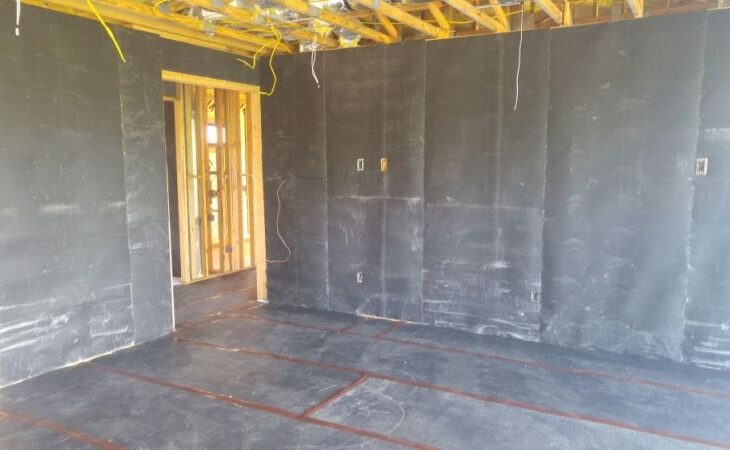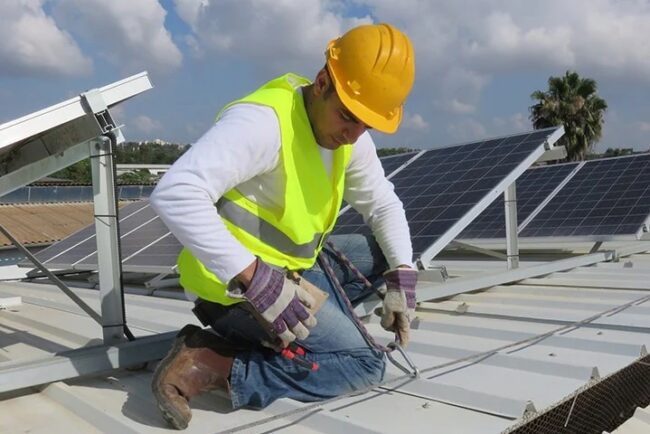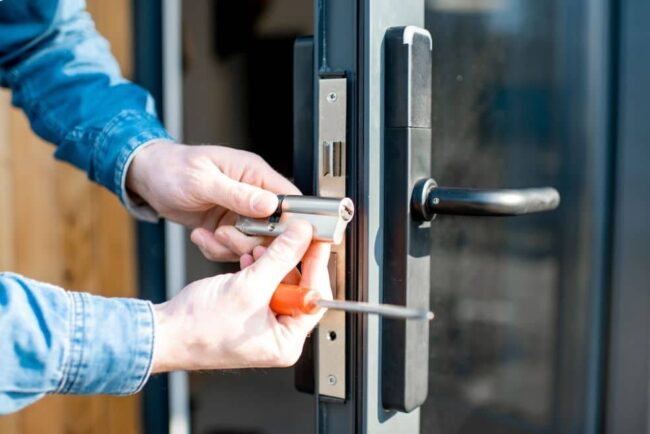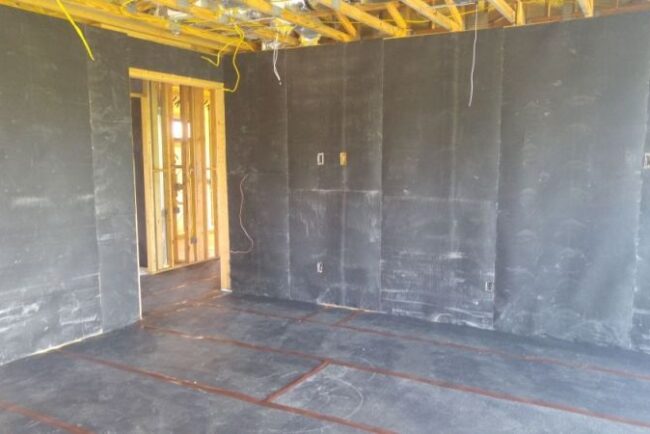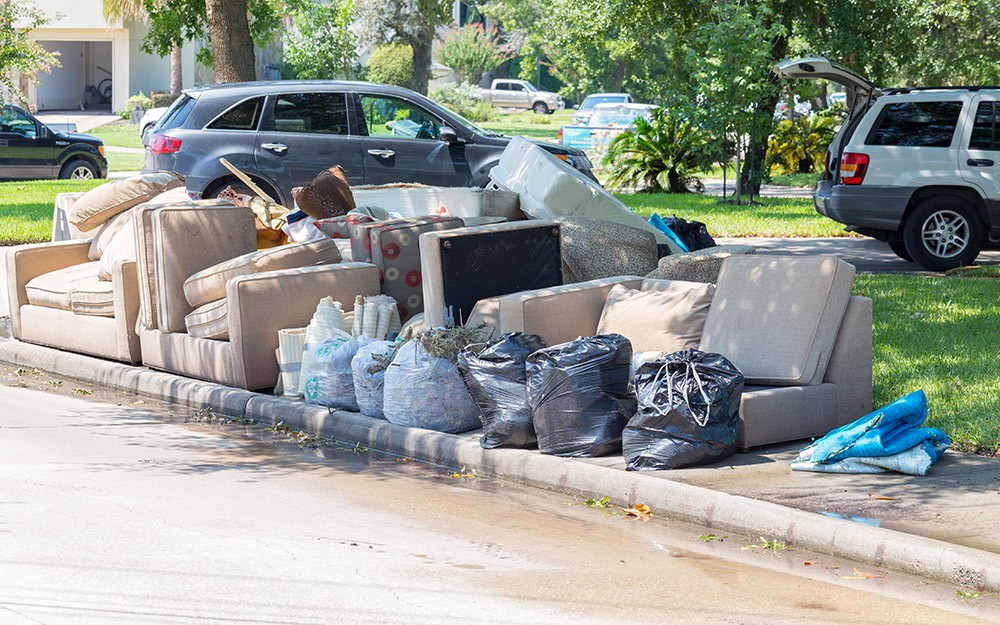
Floods can be devastating, leaving behind a trail of destruction and waste. Cleaning up after a flood is overwhelming and hazardous as the water may be contaminated with bacteria, viruses, and other harmful substances. Proper waste clearance is crucial to ensure that the environment and public health are not compromised. In this blog post, we will guide you through everything you need to know about flood waste clearance. You will learn about the types of the waste left after a flood, the proper way to dispose of flood debris, and things to remember while cleaning up after a flood. Lastly, we will discuss the benefits of hiring a professional clean-up service for floods to make life easier during these tough times.
What is Flood Waste Clearance?
Flood waste clearance is the proper disposal of debris and hazardous materials that accumulate after a flood. This process involves ensuring that all waste is handled and disposed of safely, including hazardous materials such as asbestos, lead, and chemicals. Proper handling and disposal are critical to prevent potential health hazards and environmental damage.
To ensure proper flood waste clearance, it’s important to hire a professional waste clearance company that has experience in handling flood waste. Local regulations may require permits for this type of waste clearance, which must be obtained before any work begins. By hiring professionals who are familiar with local regulations, you can be sure that the job will be done correctly and safely.
Types of Waste Left After a Flood
Floods can cause significant damage to a community, and cleaning up the waste left behind is essential. The types of waste that are left after a flood include debris and hazardous items that need proper disposal.
Debris like fallen trees, broken furniture, and building materials need to be cleared away. Floods can also lead to the accumulation of hazardous waste, such as chemicals and medical wastes, that require safe disposal.
Electronic equipment may be damaged beyond repair after a flood, and contaminated water needs to be disposed of properly to prevent health hazards. Organic waste like sewage and dead animals may also accumulate in affected areas, requiring quick removal to prevent further damage.
What is the Proper Way to Dispose of Flood Debris?
As you begin the process of cleaning up after a flood, you will likely have a lot of debris to dispose of. It is important to properly dispose of this debris to avoid causing further damage to your home or property and to prevent injuries.
The first step is to sort through the debris and identify what can be recycled, reused, or disposed of properly. Many items can be recycled, such as metal cans and plastics. You can reuse some items, such as furniture, that can be cleaned and dried.
Next, you need to determine how to dispose of the remaining items. Large items should be taken to the dump. If you are not sure how to dispose of an item, you can check with your local waste management company for guidance.
Make a point of cleaning up any lingering debris on your property.This includes leaves, twigs, and small pieces of debris that could clog drains or cause other problems if left unattended.
Tips for Cleaning Up Safely After a Flood
When it comes to cleaning up after a flood, safety is paramount. A number of hazards can be present in a flooded home, from electrical dangers to mould and bacteria. Here are some tips to help you stay safe while cleaning up after a flood:
- Wear protective clothing: Rubber gloves, boots, and goggles will help protect you from contact with contaminated water and harmful chemicals.
- Be aware of electrical hazards: Water and electricity don’t mix! Turn off the power at the main breaker before entering a flooded area.
- Ventilate: Open windows and doors to help circulate fresh air and prevent the growth of mould and mildew.
- Use fans and dehumidifiers: These can help speed up the drying process and prevent further damage to your home.
- Throw out anything that can’t be cleaned: Food, medications, cosmetics, etc., that have come into contact with floodwater should be thrown away to prevent contamination.
Things to Remember While Cleaning Up After a Flood
- Personal safety is the top priority when cleaning up after a flood. Be sure to wear proper clothing, including gloves, boots, and a mask, to protect yourself from harmful bacteria and contaminants.
- Disinfect all surfaces that have been in contact with floodwaters, including floors, walls, and countertops. This will help prevent the spread of disease-causing bacteria.
- Throw away any food that has been in contact with floodwaters, as it may be contaminated and unsafe to eat.
- Inspect your home for damage and make repairs as needed to prevent further damage from occurring.
- Take care of your mental health during this difficult time. Be sure to get plenty of rest and allow yourself time to grieve any losses you may have suffered as a result of the flood.
Benefits of Hiring a Professional Cleanup Service for Floods
If your home or business has been flooded, you may wonder if hiring a professional cleanup service is worth it. The answer is yes! While it may be tempting to try to clean up the mess yourself, there are many benefits to hiring a professional.
First, professionals have the proper equipment and experience to do the job quickly and efficiently. They will also know how to dispose of any flood-damaged items properly.
Second, hiring a professional cleanup service will help reduce your stress levels. Dealing with a flood can be extremely stressful, and cleaning up the mess on your own can worsen things. Letting someone else handle the cleanup will give you time to focus on other things, like taking care of your family or getting your business back up and running.
Professional cleanup services are often covered by insurance. This means that you won’t be held responsible if anything goes wrong during the cleanup process.
So if you’ve been affected by a flood, don’t hesitate to call in a professional cleanup service. The benefits far outweigh the cost!
Conclusion
Cleaning up after a flood is not just about clearing out the mess; it requires proper waste clearance to ensure that it’s done efficiently and safely. This includes identifying the types of the waste left behind, such as hazardous materials, and correctly disposing of them. Remembering safety measures when cleaning up after a flood, like wearing protective gear and avoiding standing water, is essential. If you’re dealing with a severe flood, it may be best to hire a professional cleanup service that has experience in handling hazardous waste.




